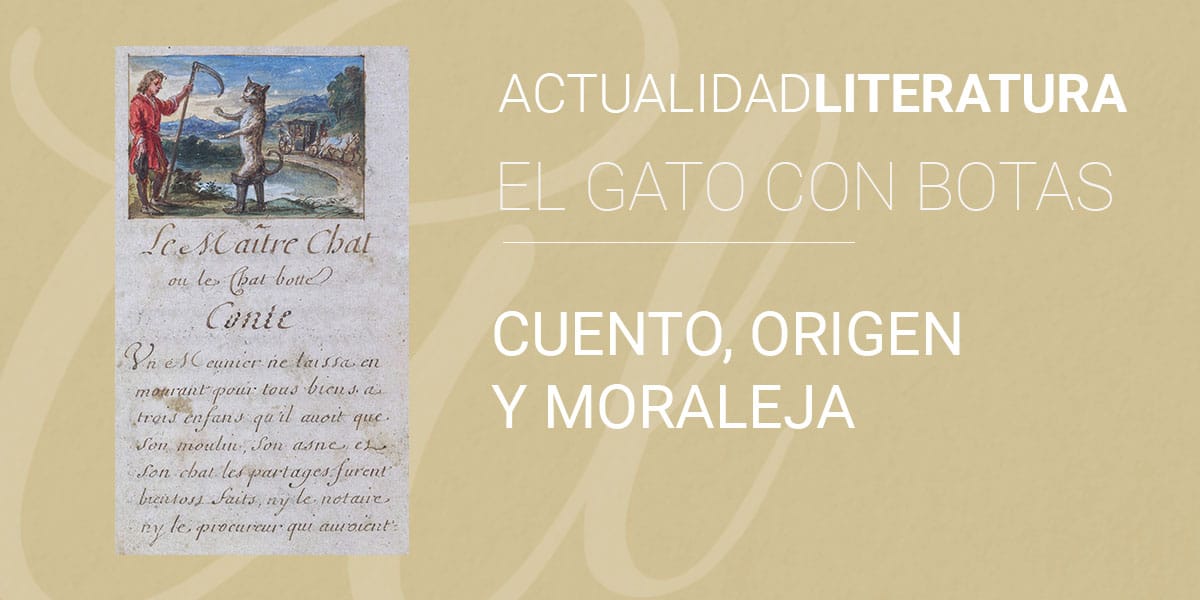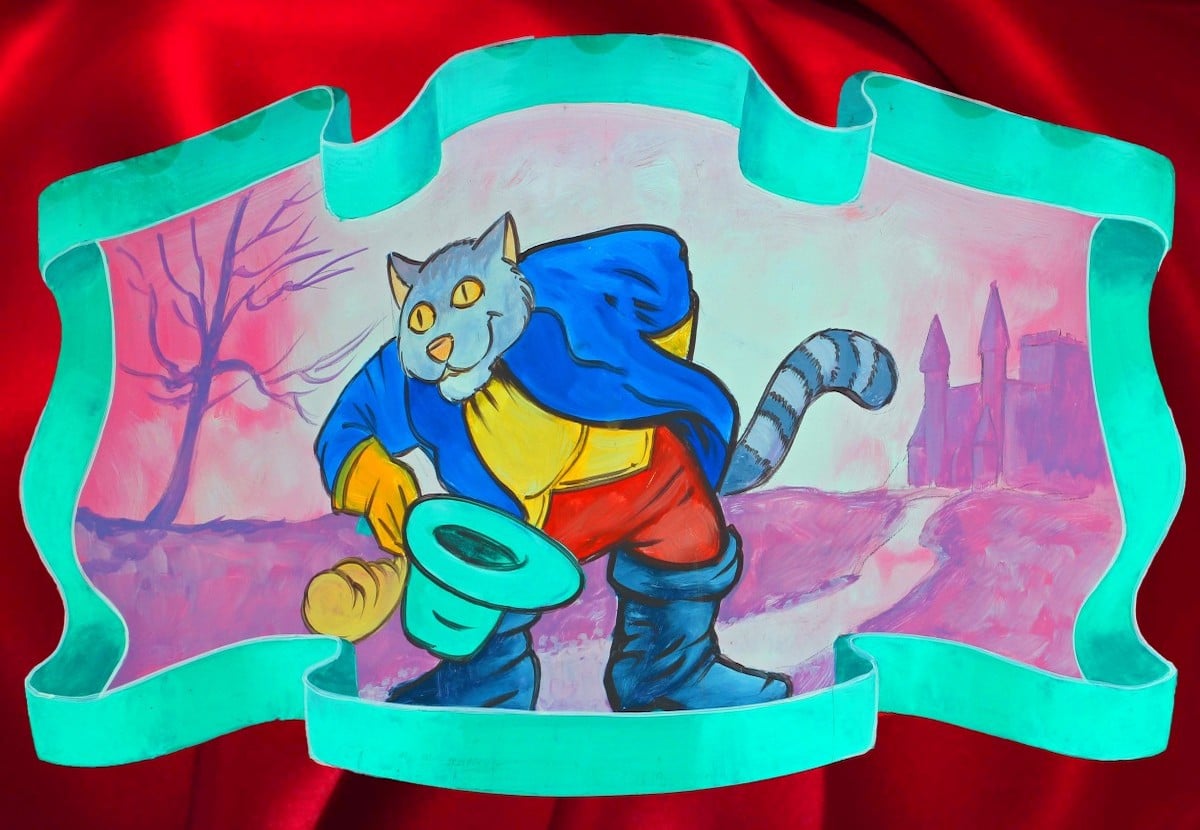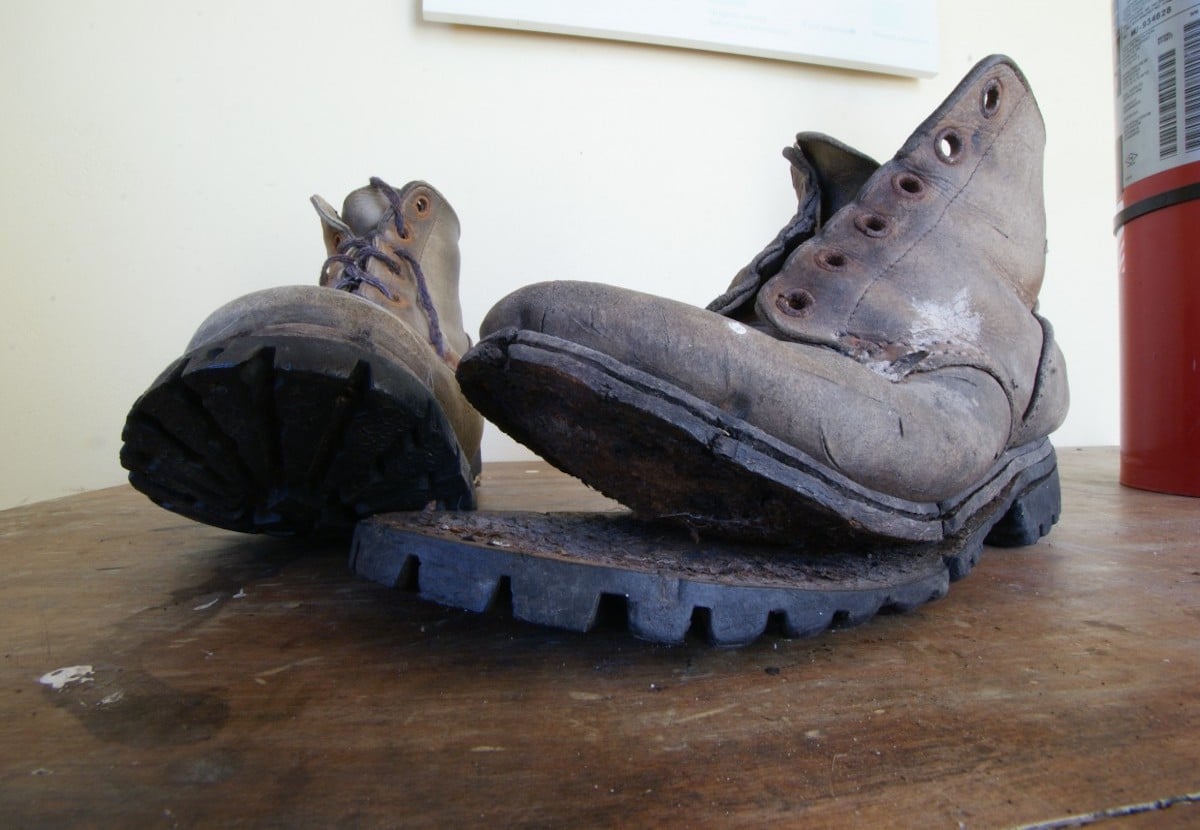
"Puss in Boots" is a popular children's tale that has belonged to the collective imagination for centuries. It was published at the end of the XNUMXth century in France under the original title Le Maitre d'Chat along with other well-known stories. Charles Perrault compiled it, thus making it known.
Perrault was a French writer interested in fantasy stories, children's stories and fairy stories. "Puss in Boots" fits perfectly into these concepts, although much has also been said about his moralizing message. Surely you have already heard or read the story, we are going to point out some more information about it.
Origin and other information of interest
"Puss in Boots" has a multitude of adaptations that most of us have grown up with. The story can be found in audio, cartoons, movies (the most popular today is his character and his own movie in the franchise of Shreck), in anthologies of children's books, comics, plays and ballet, for example. It is also collected in engravings and illustrations with which it was printed in its corresponding editions. That is to say, "Puss in Boots" belongs to universal popular culture and is repeated in a thousand adaptations, as is common in fairy tales or fantasy.
Its origin, however, dates back to the final years of the seventeenth century. Charles Perrault was a French author whose work allowed us to compile some of the most famous tales today.. He had sometimes heard oral histories that he later modeled or established modifications that he believed pertinent, possibly motivated by the harshness of the versions that had reached his ears.
Therefore, Perrault, in 1697 published the story of "Puss in Boots" in the anthology known as Mother Goose Tales. The original title was Histoires ou montes du temps passedé. With the moralities. The other stories that make up the collection are: "Sleeping Beauty in the Forest", "Little Red Riding Hood", "Bluebeard", "The Fairies", "Cinderella", "Riquete the forelock" and "Thumbnail"; being, most of them, well known.

Puss in Boots: The Tale
A story with a moral?
The morality with which this story is conceived should be highlighted. The protagonist is a cat who has been personified, wears boots and clothing. He is a character at the service of a young man who lives with few resources. For him he gets all kinds of gifts, including marriage to the king's daughter. The question is how he does it: through tricks that are far from leading us towards good and to show the honest values that anyone would expect from a story with a moral. On the contrary, the protagonist distances himself from these values and shows other merits, such as cunning, intelligence and ingenuity to achieve objectives.

The story
"Puss in Boots" is a shrewd and funny story with a happy ending for its protagonists, although forged based on tricks and deception. A cat is the only thing that a humble miller bequeaths to his son; that's why the boy contemplates eating it and getting at least some profit from it. But the animal, which is extremely cunning, asks for his trust because he claims to be able to get him out of poverty.
The cat puts on boots and carrying a sack he ventures through the mountains where he hunts a rabbit and takes it to the king's castle. There he arrives on behalf of his master, the Marquis of Carabás, saying that he is sending him a prey as a gift.. This situation will be repeated over time to please the king and win his favor.
A little later, and knowing that the king would meet his daughter near a river, He tells his young master to get into the water to fake a drowning and get the monarch's attention.. The young man does it and the cat also explains that the young man marked they have stolen his clothes.
The king provides him with clothes worthy of his condition and the princess ends up falling in love when she sees him.. They all ride in the royal carriage, the cat having taken care, under duress, that the peasants of the lands along the road respond as subjects of the Marquis of Carabás.
Likewise, the cat had arrived with another fantasy character, a rich ogre and true lord of the lands. This ogre had the magical ability to transform into any animal he wanted.. In the ogre's lavish castle, the ogre, rejoicing in his gift, shows the cat what he is capable of and turns into a fearsome lion. The cat, smart and alive, as he had shown himself to be, challenges him to take the form of a smaller animal, say a mouse.
End of the story
This is how the cat finished off the harmless little animal and left the castle ready for the arrival of the king, his daughter and her master, the false marquis. In this way, the miller's son had ended up with rich clothes, subjects, land, and a magnificent dwelling. The king, happy and delighted, gives him the hand of his daughter. The cat had succeeded in keeping his master from eating him and had led him towards fortune. He had used different tests (the rabbit, the river, the farmers and the ogre) and situations with which to cajole the king and improve his master's life so as not to end up in the pot.